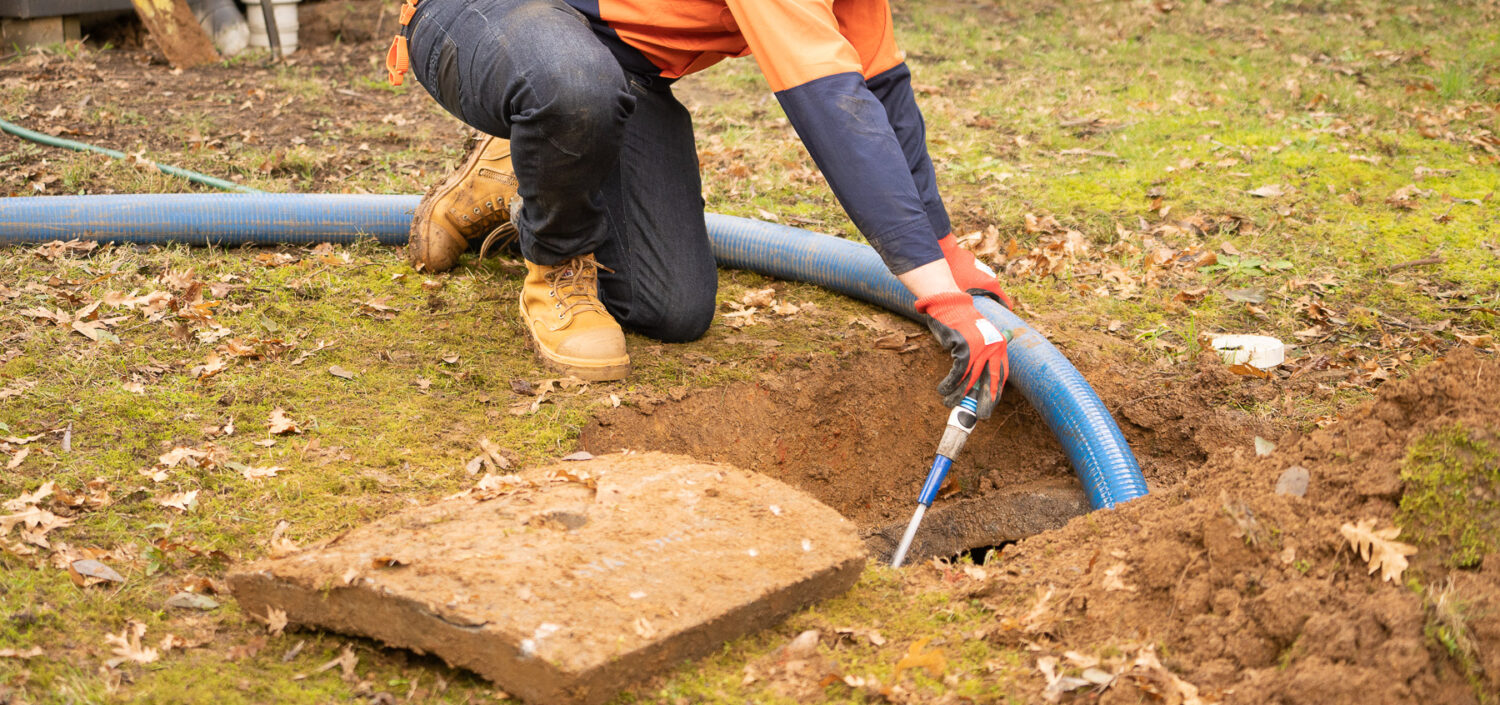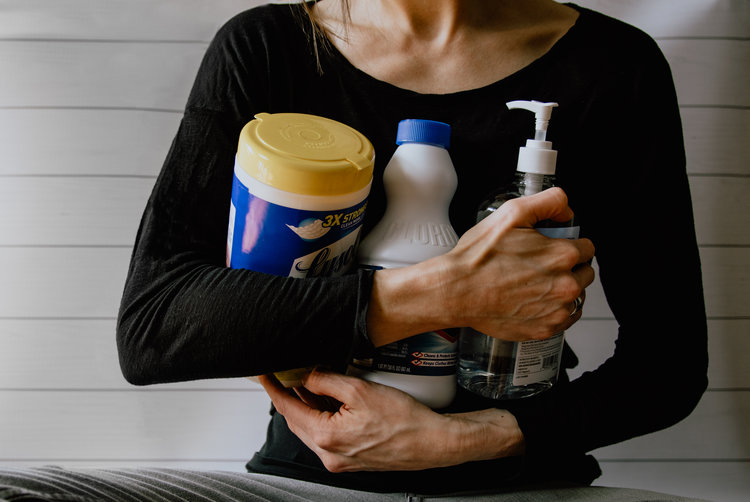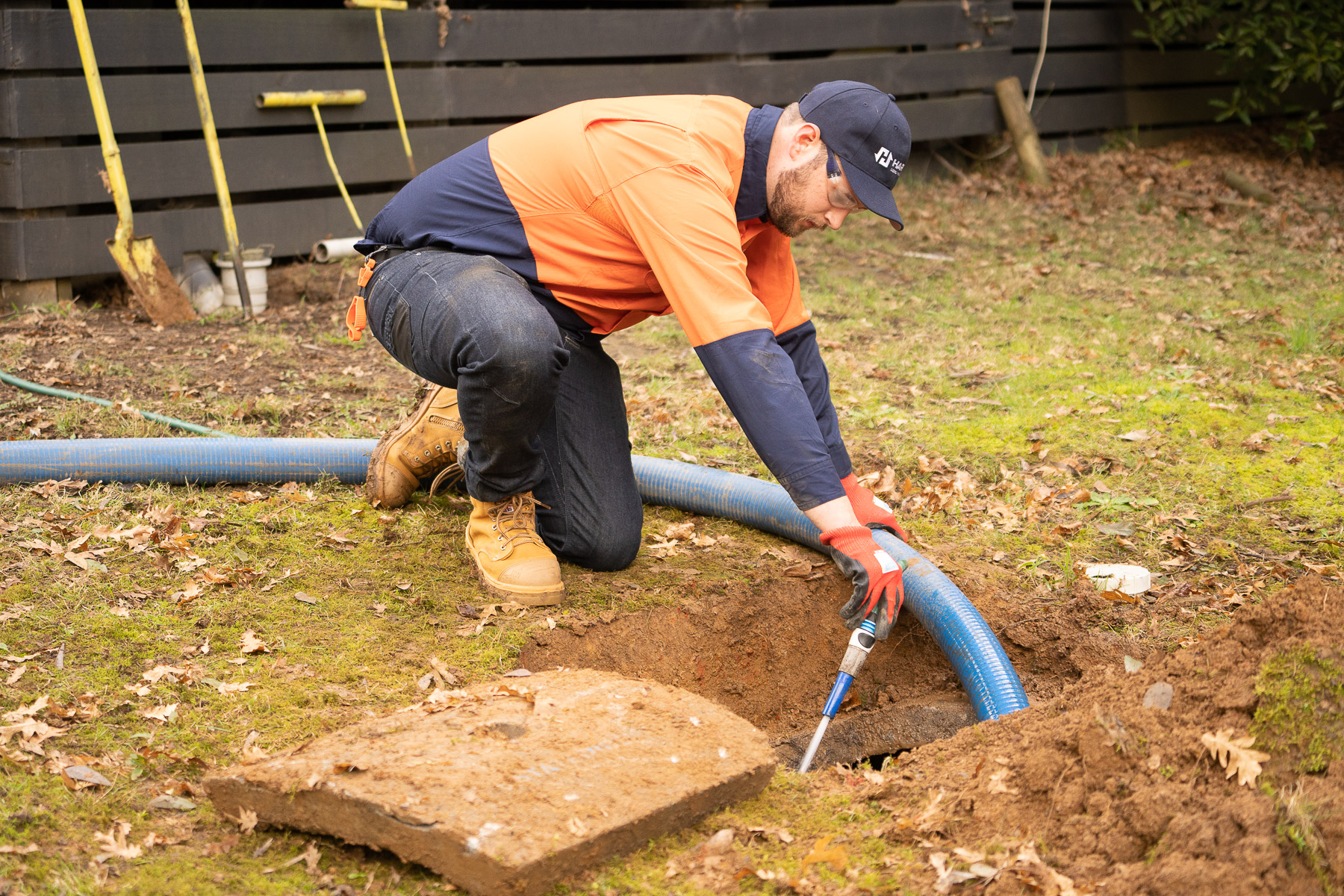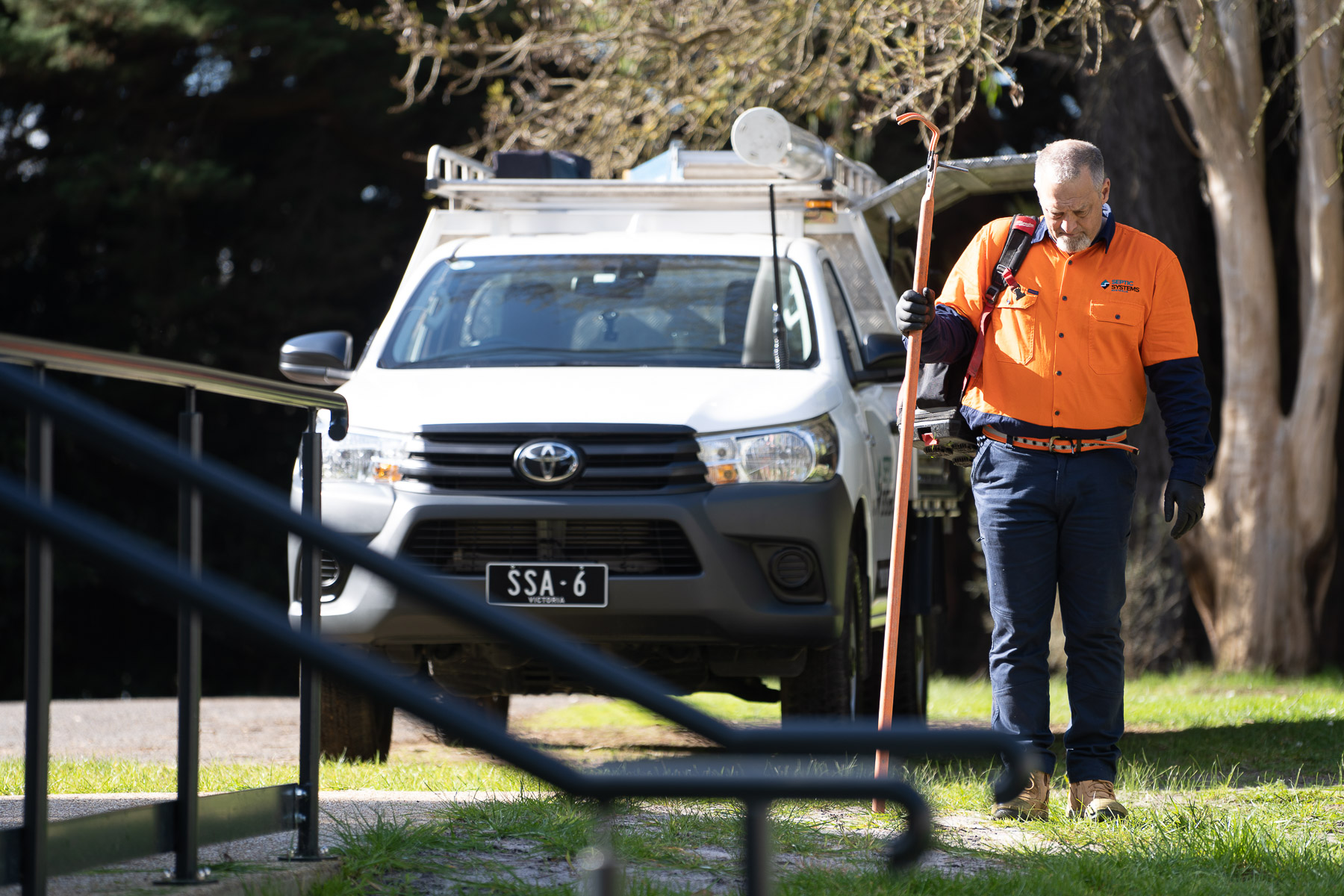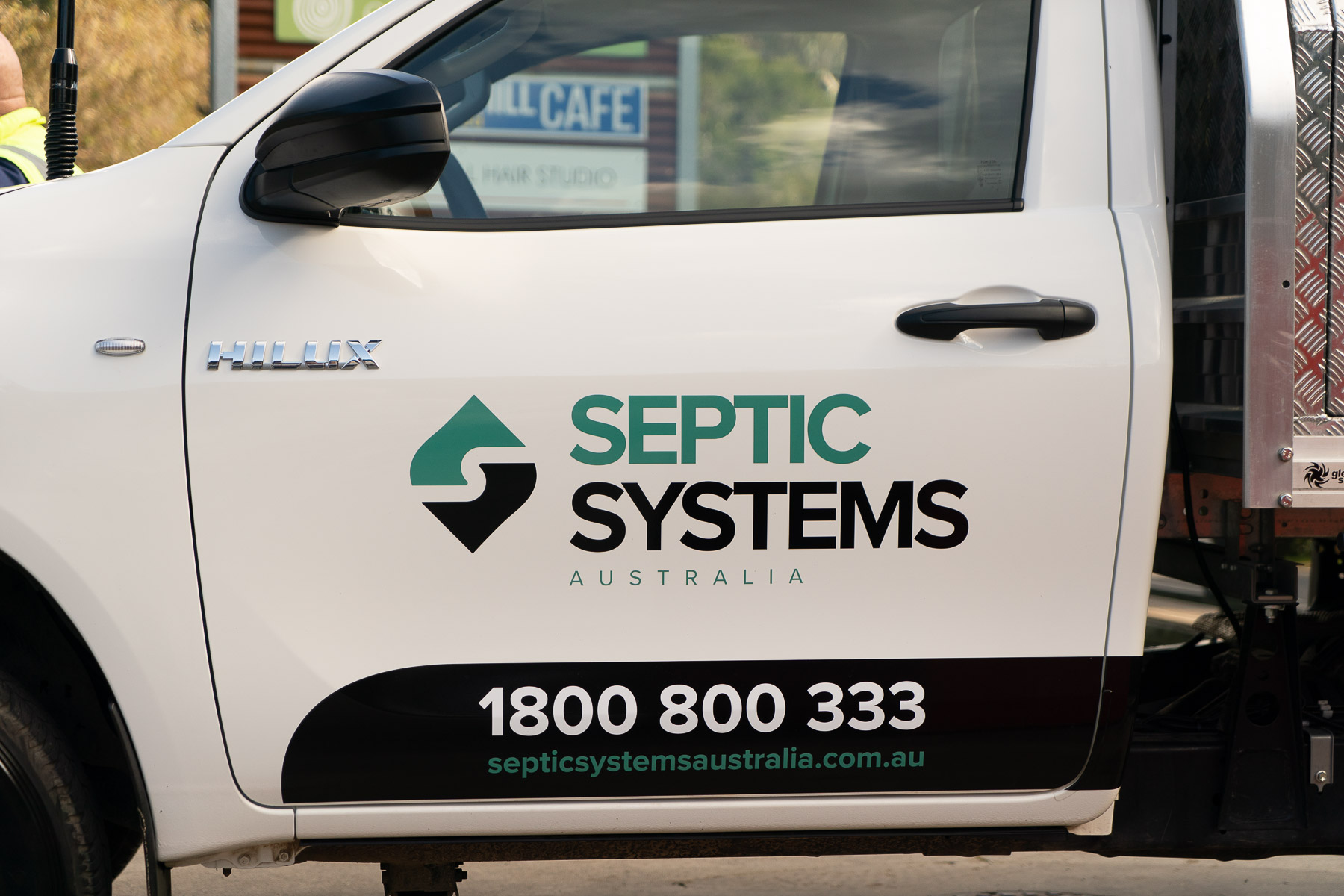What is a Conventional Septic Tank?
A Septic Tank with absorption trenches can be a cost-effective septic solution for residential properties. With low maintenance, and no power requirements (when gravity-fed), who wouldn’t want one of these systems! But before you get your hopes up, it’s important to know that most home owners are not allowed to install this type of septic system anymore. And even if you are, it’s important to know the pros and cons before you make your decision.
While there is some breakdown of the wastewater in a septic tank, the quality of the final effluent is poor, so these systems present a higher risk to the health of your family, neighbours and our local waterways. They are also unsuitable if your property is:
- Rocky (as absorption trenches require significant excavation);
- In a high-water table area;
- Located in an environmentally sensitive area;
- Small or has restricted available area (these systems require larger area due to the requirement of a reserve area for your effluent field. Typically, any property under 8,000m2 will not be able to fit a Conventional Septic Tank with trenches on their block)
What is a Conventional Septic system and how does it work?
- In essence, a Conventional Septic Tank is really just an underground tank that catches all the black and grey water from your bathrooms, kitchen and laundry and enables the wastewater to settle out into three separate layers:
– The fats, oils and grease (FOGs) float to the surface and create a thin layer of ‘scum’;
– The liquids or effluent in the middle; and
– The solids will eventually settle on the bottom of the tank as a layer of ‘sludge’ - Inside your Septic Tank is an ecosystem of good bugs that digest and breakdown the wastewater from your home. This process is known as Primary Treatment.
- Most Septic Tanks will have a baffle wall fitted to the septic tank. The aim of the baffle is to separate the tank into two partitions, slowing down the effluent from entering the second chamber, while holding back the layers of sludge and scum, thereby preventing these solids from exiting the tank into your absorption trenches. (Once your trenches have failed, they are expensive to replace, so anything you can do to protect these, is well worth it.)
- As more water enters the tanks from the house, the effluent in the tanks gets pushed out and flows to absorption trenches underground.
- It is important to remember that the good bugs that live in this tank do not kill the bad bugs that also live within the tank such as bacteria, viruses or parasites. So the effluent must be handled with great care and people, livestock/animals, and food crops must not come into contact with the effluent.
Please note:
The more time the wastewater has to settle in your tank, the cleaner the final effluent will be! So consider installing a larger size Septic Tank if possible for your property.
